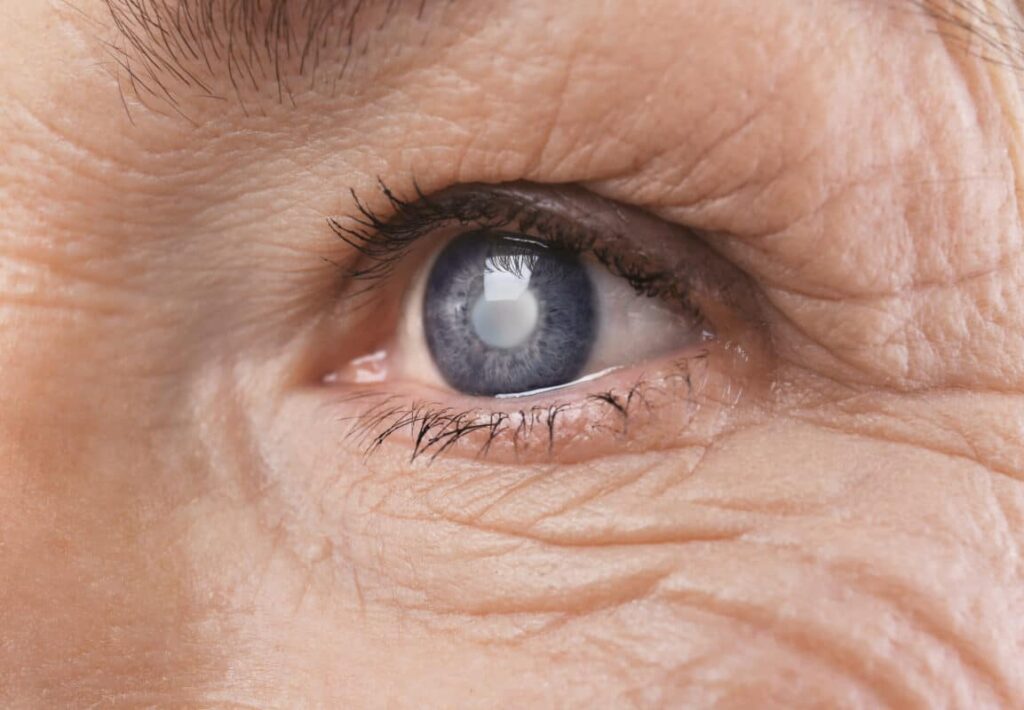A groundbreaking study from the Korea Advanced Institute of Science and Technology (KAIST) has shown that long-term retinal regeneration in mammals is possible. This development holds the potential to restore vision for millions suffering from retinal diseases, a condition that affects over 300 million people globally. For years, retinal degeneration, such as that seen in retinitis pigmentosa, has been a leading cause of irreversible blindness. Now, researchers have taken a significant step toward reversing this debilitating condition.
A breakthrough in retinal regeneration
The research team, led by scientists at KAIST, has successfully demonstrated the regeneration of retinal cells in mice, a species that shares many biological traits with humans. This study, published in Nature Communications, builds on decades of research into the regenerative abilities of animals like zebrafish. Unlike mammals, zebrafish can regrow retinal cells after an injury. However, the challenge for mammals, including humans, is that their central nervous system lacks the capacity for such regeneration.
In the new study, researchers focused on Müller glial cells, which support retinal neurons. In zebrafish, these cells are able to reprogram themselves into retinal neurons after an injury. Unfortunately, mammals do not possess this regenerative ability. The breakthrough at KAIST involved manipulating a protein called PROX1, which typically prevents the development of new retinal cells.
By suppressing PROX1 in mice, the team was able to stimulate the growth of new retinal neurons, effectively bypassing the limitations that have long hindered mammalian retinal regeneration.

The role of PROX1 in retinal regeneration
The protein PROX1 plays a crucial role in preventing retinal cell regeneration in mammals. It had been known that this protein accumulates in Müller glial cells after retinal damage, where it suppresses the development of new retinal cells. Interestingly, this inhibitory process does not occur in zebrafish, which explains their ability to regenerate retinal tissue. By blocking PROX1, the researchers were able to override this suppression in mice, leading to sustained retinal regeneration for six months.
This long-term regenerative response was a first in the field of mammalian retinal regeneration. The results of this study could have profound implications for treating retinal diseases such as retinitis pigmentosa, where the photoreceptor cells in the retina deteriorate over time, leading to blindness. If this method can be adapted for human use, it would mark a major advancement in regenerative medicine and provide new hope for people affected by these conditions.


Comparing zebrafish and mammalian retinal regeneration
The discovery builds on the remarkable regenerative capabilities of animals like zebrafish, which are able to reprogram their Müller glial cells into functional retinal neurons following injury. Zebrafish and other animals, such as amphibians, have been known to regenerate parts of their central nervous system, including retinal tissue. This ability has made zebrafish a model organism for studying retinal regeneration.
However, mammals have evolved to lack this regenerative capacity. The difference between these species lies in the molecular pathways that govern tissue regeneration. For years, scientists have been trying to identify which proteins or pathways could be manipulated to trigger similar regenerative processes in mammals. The work at KAIST, which targets PROX1, offers a potential solution to this problem, showing that a simple genetic alteration can lead to the regeneration of retinal neurons in mammals.
Moving forward with human applications
The study offers a promising direction for future research into retinal regeneration and vision restoration. Scientists have already begun exploring ways to apply the findings from this study to human retinal diseases. With conditions like retinitis pigmentosa and macular degeneration affecting millions, the ability to regenerate retinal cells could provide a revolutionary treatment option.
Researchers are also considering how this technique might be integrated with other advancements in retinal treatment, such as gene therapy, stem cell therapies, and laser-based technologies. The progress made in this study is a significant step forward, and it brings hope that one day, it may be possible to regenerate retinal tissue in humans and reverse the effects of blindness caused by retinal diseases.

